The Block of the Century
This Bobby Fischer game is exactly like last night's Eagles game
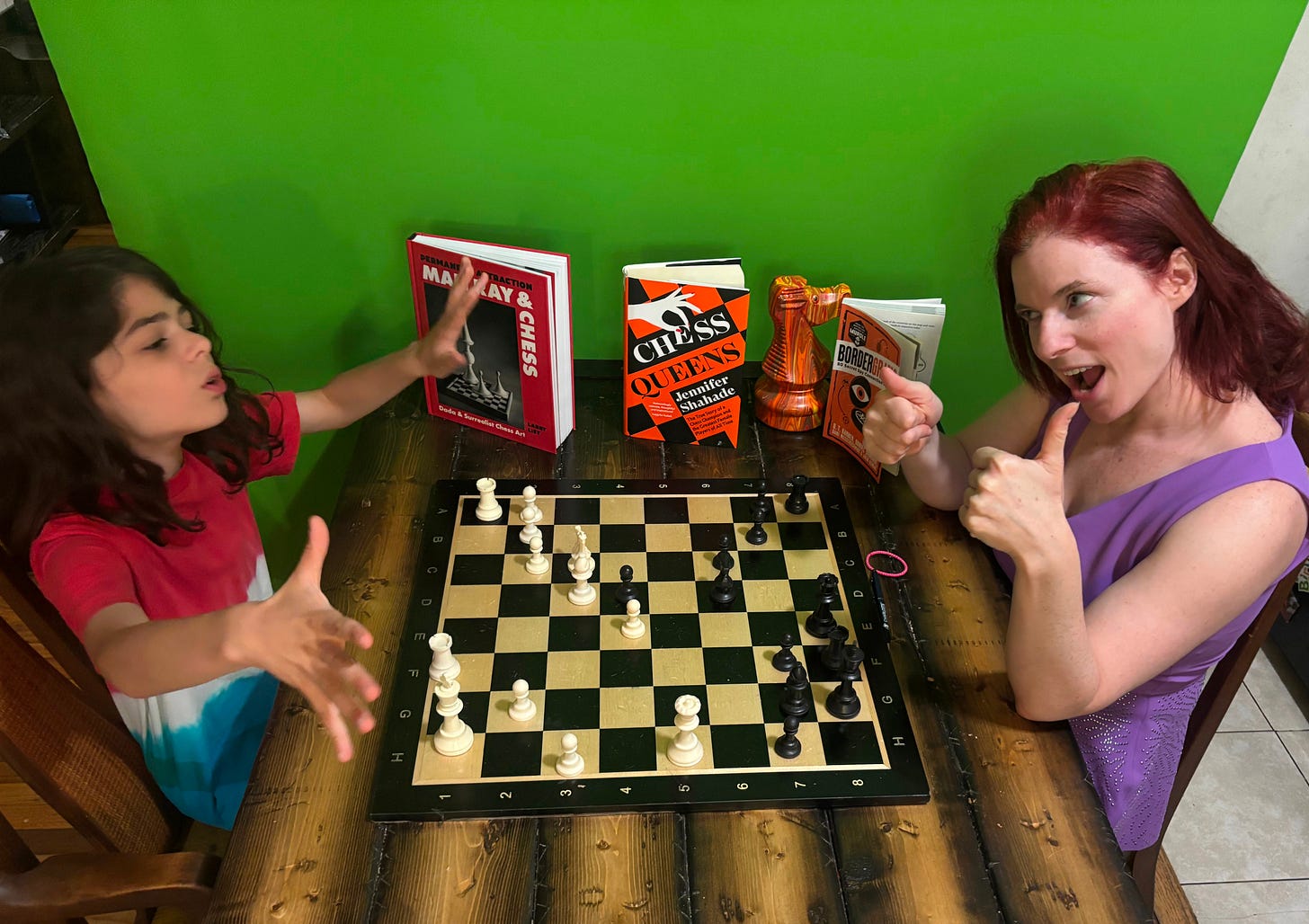
In yesterday’s Philadelphia Eagles game, the reigning World Champions (that’s us!) blocked two field goals in a row—including a game flipping one with two seconds on the clock. While the subsequent touchdown made a lot of folks squeal in delight (especially for anyone who bet on the Eagles to cover the point spread), it was all about defense. The touchdown was fun to watch but unnecessary. Eagles defensive tackle Jordan Davis could have fallen on the ball to win the game instantly, though the score would have remained at 27-26, instead of the final 33-26. As I predicted last year, Defense wins Championships—and chess games too.
I had a chess lesson with my son scheduled right after yesterday’s Eagles game, so we looked at the block of the century in chess. This was more than just a block. It was layers of blocking, a gorgeous victory that was part of the most famous streak of all time, Bobby Fischer’s 11-0 US Championship sweep.
The 1963-1964 Championship was played in New York City over the New Year. On December 30th, one of my favorite days of the year1, Fischer played against the multi-talented Hungarian-American Grandmaster Pal Benko. Benko died six years ago at the age of 91. Beyond being a great player, he invented an opening, created thousands of beautiful chess compositions and was remembered as a generous mentor and friend.
One reason I like this position so much is that the obvious e5!, which many players would choose in blitz, fails due to the thematic defensive block, …f5!
Despite so many things hanging, from en passant to the knight on d6, the move holds the balance since it releases the queen on e8 to attack its counterpart on h5. Qxe8 leads to the bounce-back move, Nxe8.
To avoid the defensive brilliancy, White found the picturesque block, Rf6!!
While the brilliancy sparkles in 19. Rf6, preventing …f5! is the foundation of the play. If …Bxf6 20. e5 wins instantly. In the game, Benko tried 19…Kg8 but resigned a few moves later after 20.e5 h6 21. Ne2. So is it an offensive tactic, or a defensive one? As in football and in chess, it’s not always easy to untangle the two.
Blocks, otherwise known as interference tactics are often deceptively simple: they seem easy once you see it, but they can be hard to see in-game.
Take this position, from a game of mine, featured in my puzzle book Play Like a Champion, where I am playing Black against International Master Tegshsuren Enkhbat.
I played …f5, which wins because Bxf5+ g6, threatens the bishop while mate on c1 remains. White can throw in a series of “spite checks” but that won’t change his fate.
Another beautiful block is this famous 2007 finale featuring beloved Grandmaster David Navara, who was up against Woman International Master Anna Dergatschova.
Navara is winning with most moves, but can you find the speediest and most dazzling finish?
Rc6 is a stunning double block, using the Novotny pattern, a theme named after a Czech composer (thanks to Kyle Neese for pointing this out!). If Black captures with the rook, it blocks the d5-square, which is mate. If Black takes with the bishop, Qe6 is mate. And if Qxc6, e8=Q+ is mate in two.
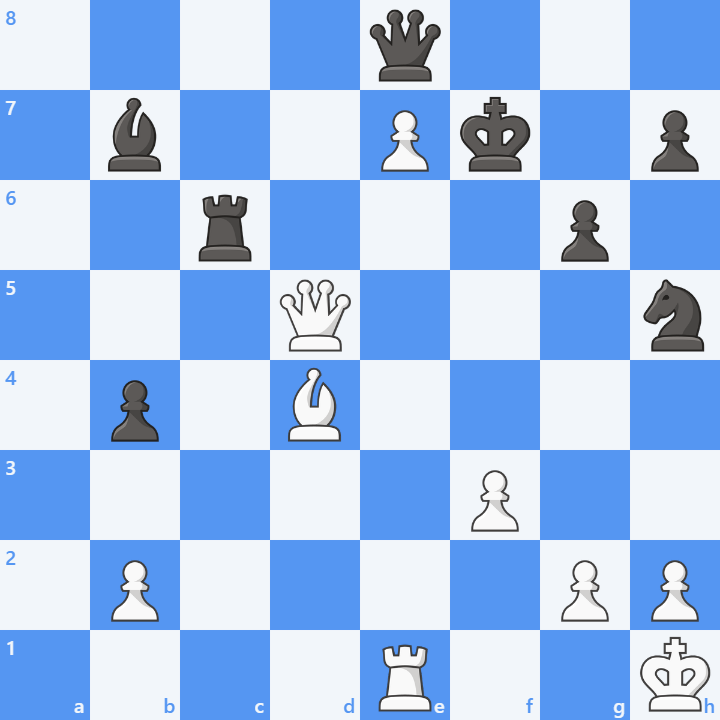
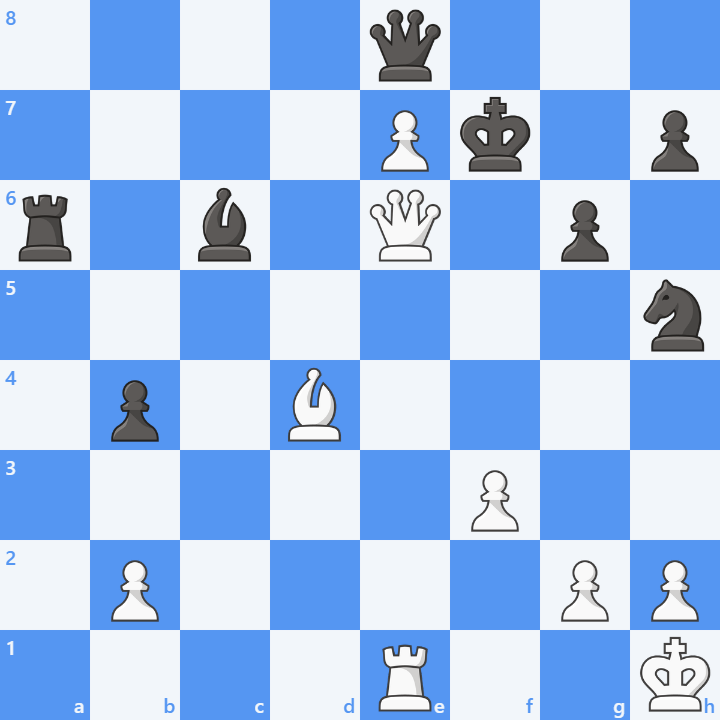
Great ideas in life and games often weave styles or ideas that seem like contradictions. Like chess games in which offensive and defensive greatness blends into one. Nothing demonstrates this better than a well-timed chess block.
My birthday is on December 31, but at some point, I started celebrating it on Dec 30th, because too many people were busy on Dec 31. I also have grown to love the entire week between Christmas and New Year’s.



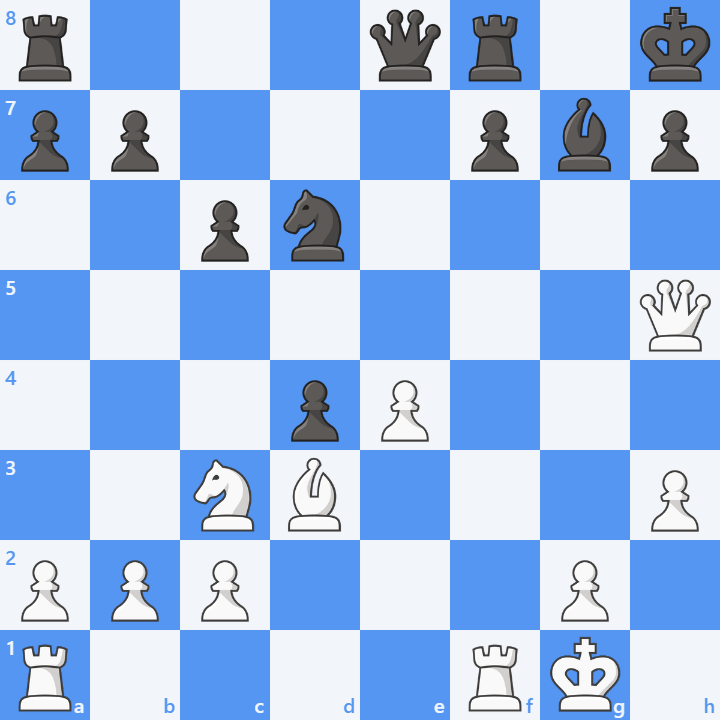
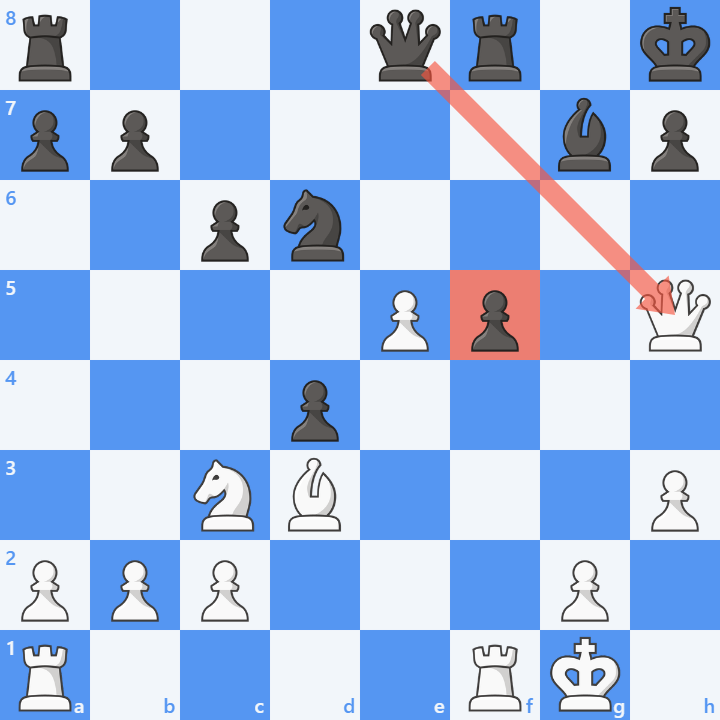
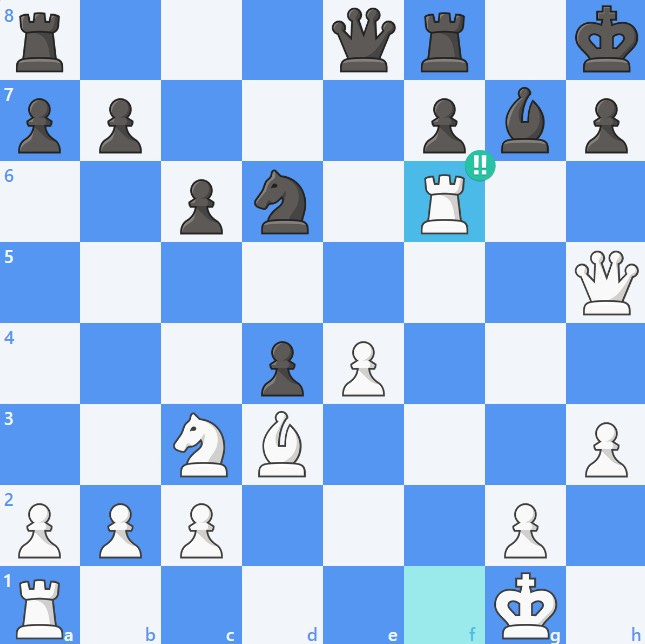
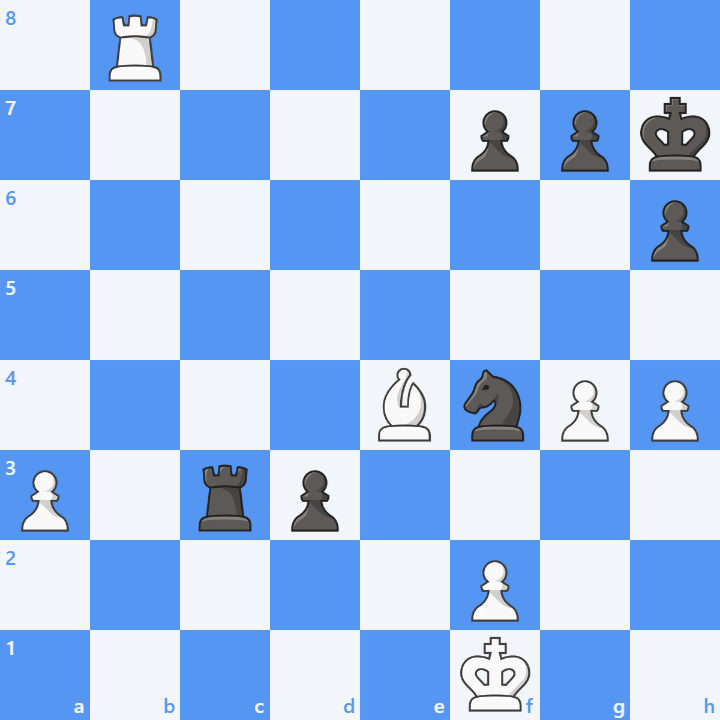
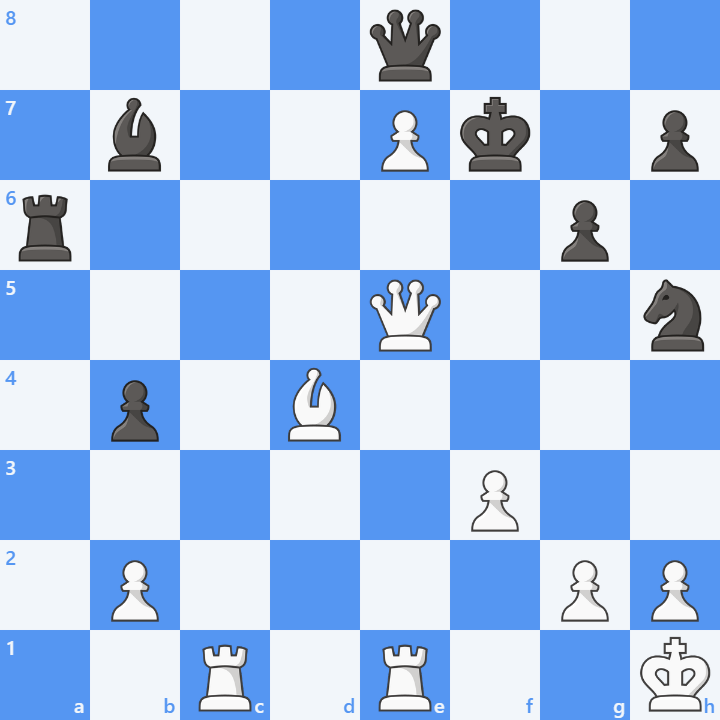
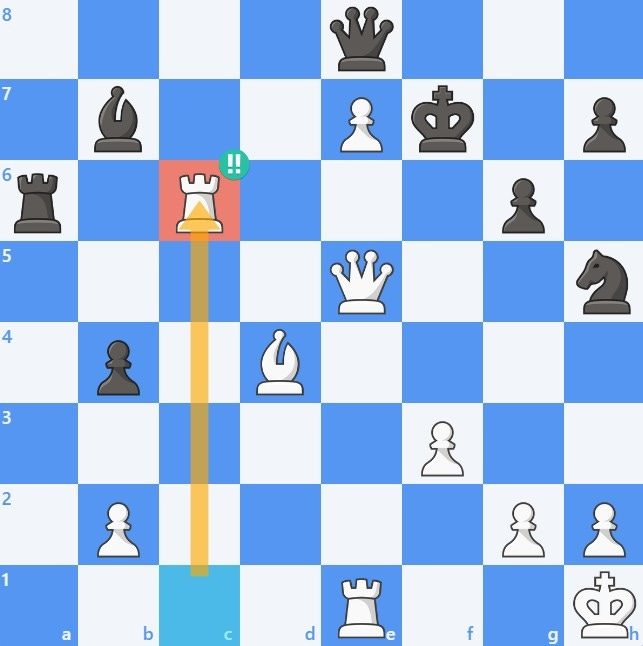
When it comes to the block of the 21st century, it will be hard to beat Ding’s 46…Rg6!!, as it literally decided the world championship. What’s so fascinating about this block is it wasn’t offensive, but defensive. Ding could have moved his king, which would have resulted in a draw by perpetual chess, but chose to block and pin himself to continue the game. Normally this is a terrible idea because it immobilizes your own piece. I remember Ben Finegold reviewed a game I played in 4th grade where I self-pinned by blocking a chess. “Never do this,” he told me. Well, Ding did it in the World Championship. Courage expressed, not as aggression, but as a willingness to endure discomfort and temporary paralysis under the greatest pressure imaginable. As Magnus Carlsen tweeted, “Self-pinning for immortality!”
Babies born on December 31st qualify for the child dependent tax break for the entire year. Your parents must also be great strategists.